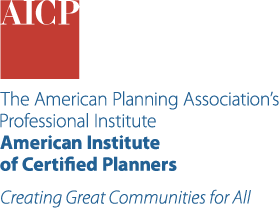Nine Meals from Anarchy: A Planner's Role
For only $180, get a full year of unrestricted access to APA's extensive learning library. Kickstart your journey by subscribing to Passport, then take the next step by enrolling in the courses that pique your interest.
Certification Maintenance
Course Details
This session will explore how planning can address hazard mitigation and food security. The UN Sustainable Development Goal “Zero Hunger” (SDG2), which aims to achieve food security by 2030, emphasizes equitable food access and security for all (United Nations, 2024). Yet, food insecurity is a pressing challenge that impacts millions, even within the United States (Feeding America, 2024). Natural disasters, pandemics, and political unrest can suddenly take away a community’s availability of food and shelter. Chaos and rioting can occur when people's access to basic needs is disrupted.
When natural disasters hit, vulnerable communities often lack reliable access to nutritious food, a situation exacerbated by disparities in distribution infrastructure. The flooding that occurred in 2019 in Fremont, Nebraska, as a result of a bomb cyclone, empty grocery shelves during the pandemic, and other disasters across the country will be explored to highlight the extent of the issues. Specific opportunities and actions that planners can take to enhance food security and mitigate the impact of natural disasters in their communities will be explored.
This course will examine dramatic footage of communities cut off from their neighbors and how planning ordinances, policies, and connective networking can mitigate those impacts.
Learning Outcomes
- Identify areas of their community to focus on for hazard mitigation and food security.
- Provide examples of why food security is important to elected and appointed officials to justify policy decisions to their constituents.
- Explore policies and regulations that can make it possible to expand opportunities for local food production.


